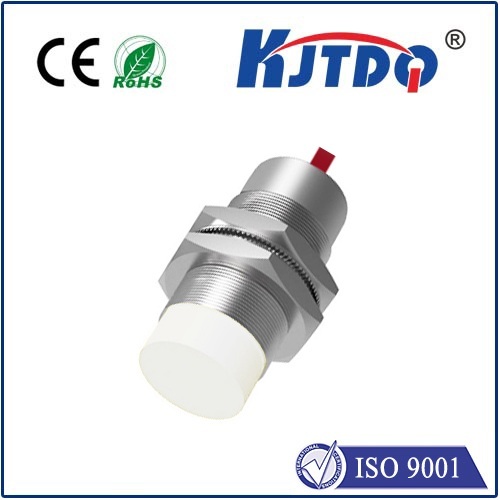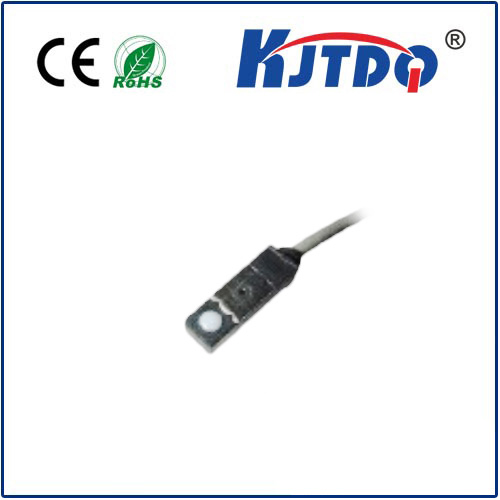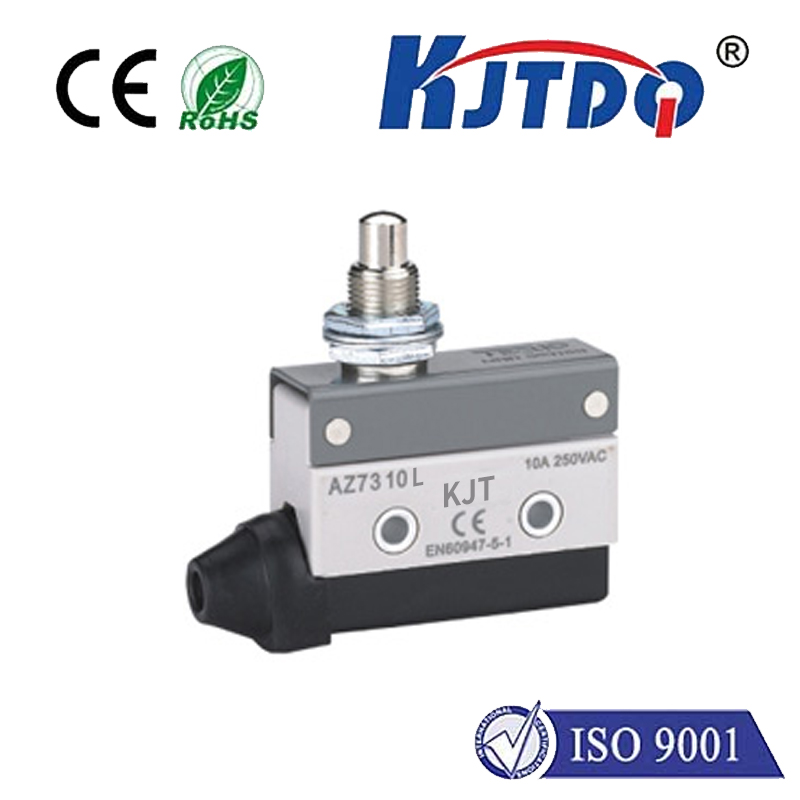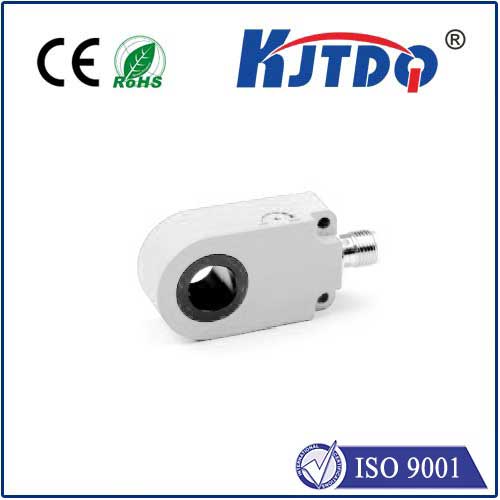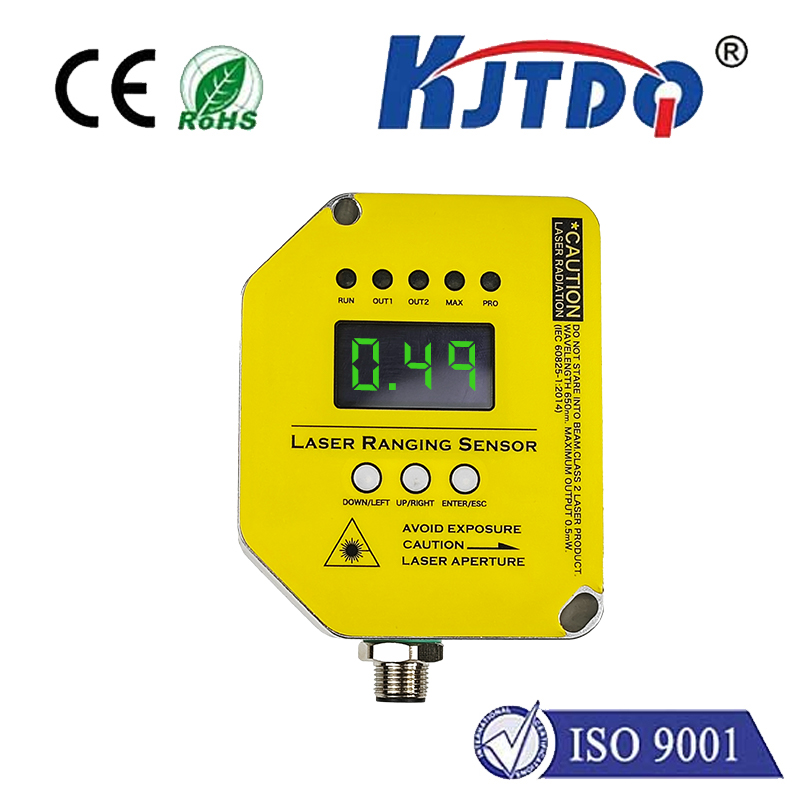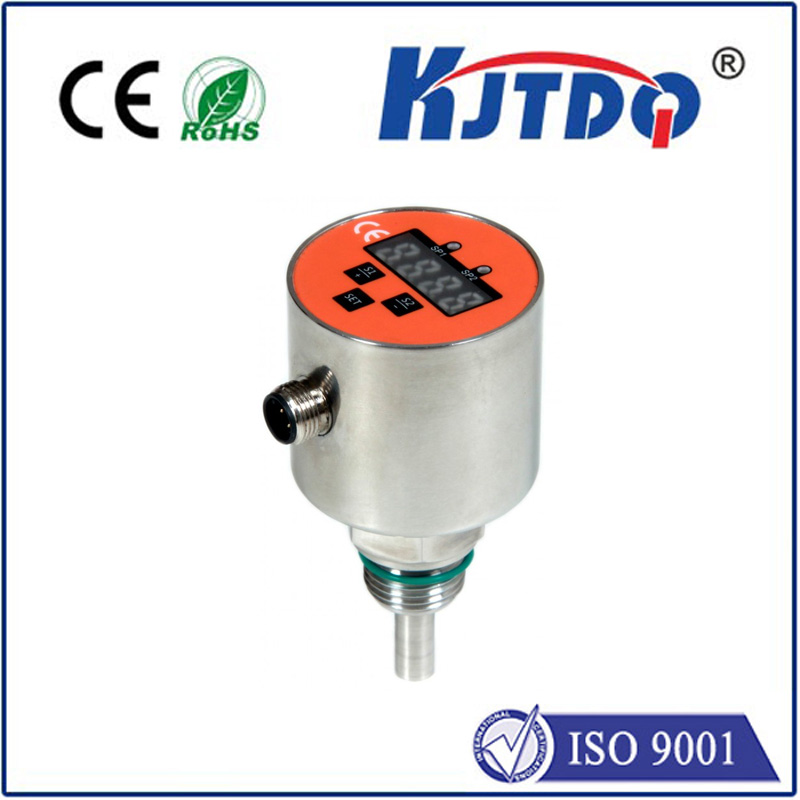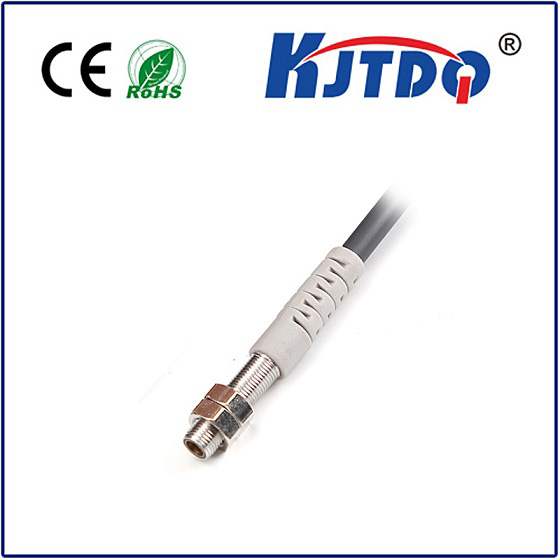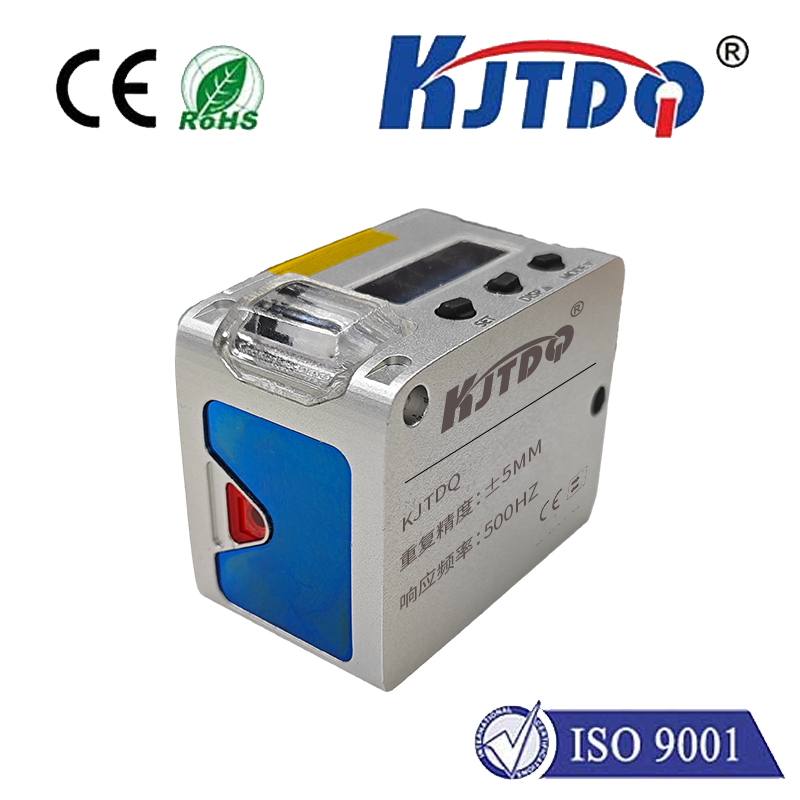proximity distance sensor
- time:2025-07-05 00:42:15
- Click:0
Beyond Touch: How Proximity Distance Sensors Revolutionize Interaction & Safety
Ever instinctively reach out to gauge how close something is before touching it? We rely on that innate sense to navigate the world safely. Machines, however, require artificial eyes and feelers – enter the proximity distance sensor. This ingenious technology silently orchestrates countless interactions in our modern world, enabling devices to detect, measure, and react to objects without physical contact. Far more than a simple ‘near-or-far’ switch, these sophisticated sensors quantify distance, opening doors (sometimes literally) to unprecedented levels of automation, safety, and intuitive user experiences. Understanding their capabilities is key to unlocking smarter designs and safer environments.
The Essence of Non-Contact Detection
At its core, a proximity distance sensor identifies the presence of an object within its detection field and crucially, measures the actual distance to that object. This contrasts with standard proximity switches that often merely signal if something is inside or outside a pre-defined zone. The ability to deliver precise distance data is what elevates these components beyond simple detection to enabling nuanced interaction and complex automation.
How Do They Work Their Magic? The Core Principles

Proximity distance sensors employ various physical principles to achieve their function. The choice of technology depends heavily on the application requirements like detection range, target material, environmental conditions, required precision, and cost. Here are the most prevalent types:
- Inductive Sensors: These workhorse sensors are champions for detecting metallic objects. They generate an oscillating electromagnetic field. When a metal target enters this field, it induces eddy currents within the metal, causing a measurable change (usually a reduction in amplitude) in the sensor’s own oscillation. The magnitude of this change correlates with distance. Crucially, inductive sensors excel in harsh industrial environments where dirt, dust, and moisture are prevalent, offering robust, non-contact positioning for metal parts.
- Capacitive Sensors: Think of these sensors as detecting changes in an electrostatic field. They generate an electric field. When any object (metal, plastic, wood, liquid, or even a human body) enters this field, it alters the capacitance between the sensor and ground. This change is detected and measured. Capacitive sensors provide versatile proximity detection regardless of material, making them ideal for level detection in tanks (liquids, powders), touch interfaces, and detecting non-metallic objects on conveyors.
- Ultrasonic Sensors: Inspired by echolocation, these sensors emit high-frequency sound waves (inaudible to humans) and listen for the echo bouncing back from a target object. The distance sensing capability comes from precisely measuring the time-of-flight (ToF) – the time elapsed between emitting the sound pulse and receiving its echo. Knowing the speed of sound in the medium (usually air), the sensor calculates the distance:
Distance = (Speed of Sound * Time-of-Flight) / 2. Ultrasonic proximity sensors offer good range, are largely immune to object color or transparency, and perform well in challenging lighting conditions, making them popular for parking assistance, liquid level control, and object detection on AGVs.
- Optical Distance Sensors (IR/Laser ToF/Trigonometric): This broad category uses light, typically infrared (IR) or laser, for detection and ranging.
- IR Reflection: Simple IR sensors (like those in older proximity detection applications) emit IR light and detect its reflection intensity. Closer objects reflect more light. While cost-effective, accuracy can be affected by object color and ambient light.
- Laser Time-of-Flight (ToF): Similar in principle to ultrasonic ToF but using pulses of laser light. The incredibly fast speed of light requires extremely precise timing circuitry, but it allows for very high accuracy and longer ranges. Laser ToF sensors represent the cutting edge for precise, long-range proximity distance measurement in industrial automation, robotics, and surveying.
- Trigonometric (Triangulation): These sensors emit a laser or IR beam pointed at an angle onto the target. The reflected light hits a position-sensitive detector (like a CCD) within the sensor. The position where the reflected light hits this detector changes depending on the target distance. Trigonometric sensors deliver very high precision at shorter to medium ranges, ideal for quality control, positioning, and thickness measurement.
Where They Shine: Key Applications Driving Innovation
The unique capabilities of proximity distance sensors make them indispensable across a staggering array of industries:
- Automotive: Essential for advanced driver-assistance systems (ADAS), including parking sensors, blind-spot monitoring, automatic emergency braking (AEB), and adaptive cruise control. They provide the critical distance data needed to avoid collisions.
- Industrial Automation: The backbone of modern manufacturing. Used for precise object positioning on assembly lines, verifying part presence and orientation, monitoring fill levels in tanks, controlling robot paths to prevent collisions (collision avoidance), and ensuring conveyor belt gaps are maintained. Inductive and capacitive proximity detection dominate machine control.
- Consumer Electronics: Brings intuitive interaction to smartphones (turning off the screen when held to your ear), laptops (waking/sleeping when lid opens/closes), touchless faucets and soap dispensers (hygiene focus), and robotics like vacuum cleaners navigating around furniture using distance sensing.
- Robotics: Enables robots to perceive their environment. Used for obstacle detection and avoidance, precise navigation, grasping objects at the correct distance, and safe interaction with humans in collaborative workspaces (collision avoidance).
- Smart Home & Building Automation: Powers automatic lighting (detecting presence), hands-free fixtures, smart locks, intruder detection systems detecting approach, and optimizing HVAC based on room occupancy detected via proximity detection.
- Medical Devices: Employed in non-contact patient monitoring (e.g., respiratory rate detection), precise positioning systems within diagnostic equipment, and touchless interfaces to maintain sterile environments.
Choosing the Right Sensor: Key Considerations
Selecting the optimal proximity distance sensor demands careful assessment:
- Target Material: Metal? Plastic? Liquid? Skin? (Determines suitability for inductive, capacitive, ultrasonic, optical).
- Required Range: Millimeters? Meters? (Different technologies have vastly different effective ranges).
- Accuracy & Resolution: How precise does the measurement need to be?
- Environmental Conditions: Dust, dirt, moisture, temperature extremes, ambient light, acoustic noise? (Affects sensor choice – e.g., inductive resists dirt, ultrasonic can struggle in noisy environments).
- Response Time: How quickly must the sensor react to changes?
- Output: Needed: Simple switch (digital)? Analog voltage/current proportional to distance? Digital communication (IO-Link, etc.)?
- Cost: Budget constraints inevitably play a role.
The Future: Smarter Sensing & Enhanced Capabilities
The evolution of proximity distance sensors is relentless. We see trends towards greater miniaturization enabling integration into smaller devices, enhanced multi-faceted sensors combining different technologies (e.g., ultrasonic + IR) for more robust detection capabilities, smarter sensors with integrated processing for edge computing (filtering noise, making preliminary decisions), and integration with AI algorithms to interpret complex sensor data for predictive maintenance and advanced contextual decision-making. The demand for precise, reliable, and affordable proximity detection and ranging solutions will only accelerate as automation and smart systems become ubiquitous.
From preventing a car from scraping a curb to ensuring a robotic arm moves safely near a human worker, proximity distance sensors deliver the fundamental awareness machines require to interact intelligently and safely with the physical world. Their ability to deliver precise, non-contact distance sensing quietly fuels innovation and enhances everyday life and industrial processes, proving that sometimes, knowing exactly how far you are from something is the most valuable piece of information.






